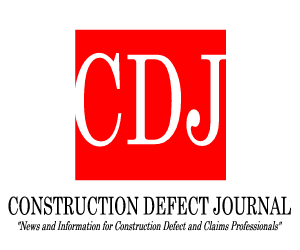
Valid Process? Unconstitutional? Invitation for Legislative Change?
Various sections of the California Civil Code, beginning with section 8000, protect the right of contractors, subcontractors and suppliers in the construction industry to obtain payment for work performed and materials supplied to construction projects. Under these statutes, unpaid claimants are entitled to use mechanics liens, stop payment notices and other methods to protect their right to payment. Mechanics liens allow unpaid claimants to sell the property where the work was performed in order to obtain payment. Stop payment notices force the owner or the bank to set money aside to pay unpaid claimants. Article XIV of our California Constitution even elevates the mechanics lien remedy to a “constitutional right”. The system generally works well, and claimants are paid.
As someone who practices and teaches construction law, I have noticed a seldom used statutory tool that seems to provide a mechanism for property owners under certain circumstances to prevent subcontractors and suppliers from imposing enforceable mechanics lien on property where work was performed. Under California Civil Code section 8520, it appears that all that an owner of property need do to avoid a mechanics lien on its property is to give a proper notice (per Civil Code section 8100 et seq.) to a person who has a mechanics lien right (a subcontractor or supplier) that the owner is invoking Civil Code section 8520 and that if the claimant is unpaid for work performed or materials supplied to the owner’s property that the claimant must either provide the owner with a stop payment notice or forfeit the right to a mechanics lien on the owner’s property. This would allow an owner to avoid a mechanics lien on its property if the claimant failed to send a stop payment notice to the owner.
Providing the “notice” under Civil Code section 8100 appears to be easy. It can be sent by “registered or certified mail or by express mail or by overnight delivery by an express service carrier”. It can even be by “hand delivery”. As far as the notice itself, it would seem that it can be very simple and easily performed under the process described below, which can be implemented within the office of any owner or developer.
Mr. Porter may be contacted at bporter@porterlaw.com




